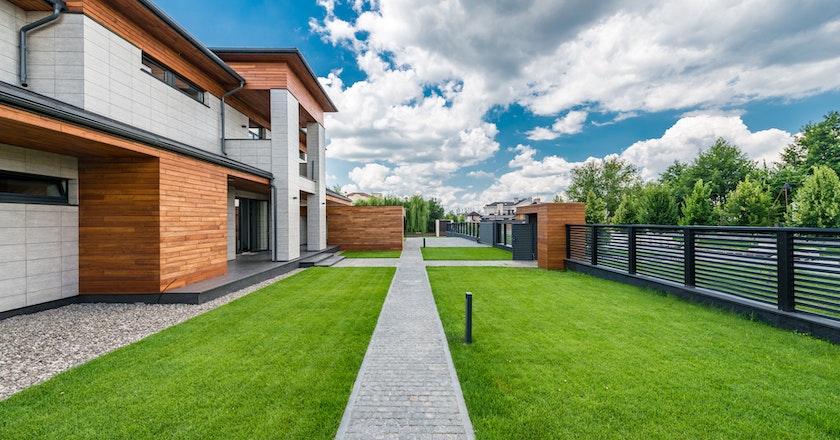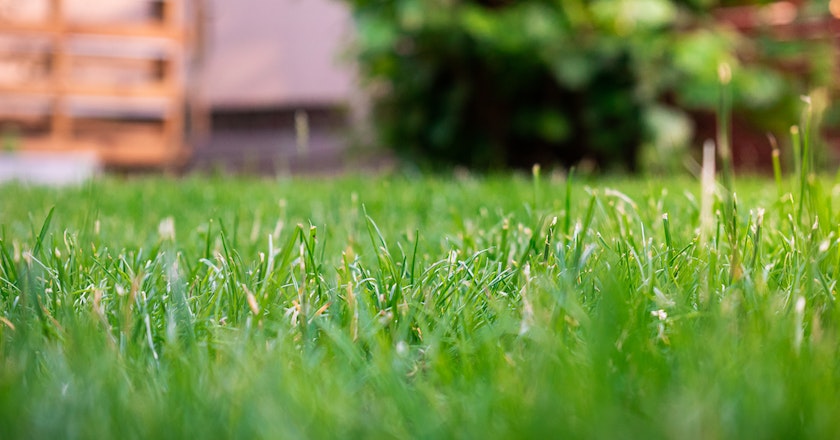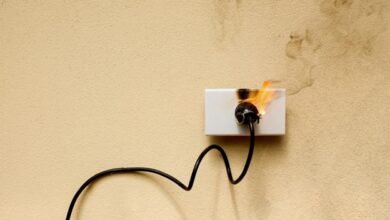How to Fix an Uneven Lawn: Easiest Way to Do It
Yes, we have you covered, let’s fix your uneven lawn following an appropriate way!

A lawn is a major attraction for a house as it is a vast expanse of green dotted with color in the form of floral and foliage plants. An immaculate lawn that is level, lush with grass, and freshly mowed is a prized possession of a garden owner. However, not all of us have luck in our favor at all times. So, you should know how to fix an uneven lawn with ease.
Let’s go and start the proceedings!
Harmful Factors for Your Lawn
Before moving to the methods of how to fix an uneven lawn, you should have a fair amount of knowledge on the factors affecting your lawn.
A well-used and frequented lawn that hosts gatherings, or becomes the playground for children suffers several issues that take it far from perfection.
Such a lawn may have patchy grass and depressions in several spots owing to overuse.
Natural causes such as hilly land, and underground animal activity, such as the presence of gophers, moles, skunks, and squirrels can harm the lawn by merely frequenting it.
In addition, insects such as grubs and lawn beetles can also cause serious damage to your turf.
How to Fix an Uneven Lawn: An Effective Way to Consider!
We have defined the whole process into four crucial steps to fix your lawn easily and cheaply.
Step 1: Limit Animal Activity or Insect Infestation on Your Lawn

If it’s an animal activity or an insect infestation, you should first try to get on top of that as you begin fixing your lawn.
Trapping gophers and leaving them in the wild is the most effective method of getting rid of them.
For squirrels and such, you can use plants with a strong smell, such as peppermint, marigold, basil, etc. On a lawn, the easiest way to do it is to get an organic animal repellent, or rodent repellent, such as Bonide Repels-All in pelletized form and sprinkle it across your lawn.
For the insects, the best way to go is organic again, and use things like neem oil, or sprays and pellets formed with natural bacteria like milky spore pellets or spray, or even BT (Bacillus Thuringiensis).
Step 2: Remove the Weeds
Your turf can also be plagued with weeds that are hard to pull and come back stronger with every pull.
Captain Jack’s Deadweed Brew is excellent for killing noxious weeds that plague your lawn. This is also an organic concoction that targets the weeds and doesn’t harm other plants.
Step 3: Now Focus on Leveling the Uneven Lawn
It’s now time to focus on leveling the lawn. It is, in fact, the most important part of how to fix an uneven lawn.
If your lawn is naturally bumpy or has been made so by animal activity, it is risky and invites accidents as well.
Minor dips in the lawn are also not attractive as water can pool in there and lead to uneven irrigation and fertilization as the product and the liquid will settle in here.
To fix bumpiness, you will need to remove the sod from your lawn first and save again after you are done leveling it.

Get a thatch rake and cut the sod out. After that, you can bring in a detacher and detach the sod from the ground. You can roll it up and use it after you’re done leveling your yard.
You will need to estimate the amount of garden soil you may need to fill in the depressions and dips in the lawn.
Once you have the soil, there are two options available to level your lawn. Either you can do it manually with a shovel, rake, and stamper, or can use a tractor to level your yard. Consider the method depending on how small or big your lawn is.
You may read: Disadvantages of Epoxy Flooring
This will introduce soil-enriching components and make sure your crop of grass comes up looking healthy and lush. When you put your layer of top dressing on the lawn, make sure to rake it in and work it into the soil.
If the dips and depressions aren’t large-scale, and only a quarter to half an inch deep, you can fix the spots by just topdressing the spot. You can do this by yourself using a shovel and lightly working it into the soil in the area.
Step 4: Lastly, Spread Grass Seed
After you are done leveling, and if it is a new lawn, now the best thing to do would be to spread the grass seed of your preference and wait for the crop to come up.
You may need to go in with the second round of seeding if the first crop comes in scanty.

Yes, this will be a little too much work and will require patience, but the results will be very rewarding.
If you choose to go the sod way, all you need to do is lay the sod on the ground and pamper it for a few days so that its roots are in well. Once rooted, you can mow the lawn, and there, you have your pristine, welcoming yard ready!
At several intervals, you will need to fertilize your turf with lawn fertilizer. For even grass, make sure you have a sprinkler system in place that covers all areas of the lawn and runs every day.
You may also need to manage how long you want to run your sprinklers depending upon the gardening zone you are in and the kind of weather you experience in a given season.
Oh, wait! There’s more! Laying the sod alone is not enough. You will also need to edge the borders of the flowerbeds. This will make it look well put together and create clean lines.
Lastly, you should be cognizant that your lawn may require touch-ups and TLC every once in a while. Make sure you take care of it in the prime of the season.
Final Words to Fix Your Uneven Lawn
Basically, we have tried to think from a kind of point that can hit the real areas of how to fix an uneven lawn for you. Usually, a frequently used lawn with the presence of moles, squirrels, gophers, etc. requires attention regularly. Consider those 4 step-by-step ways to enhance the aesthetics of your lawn.




